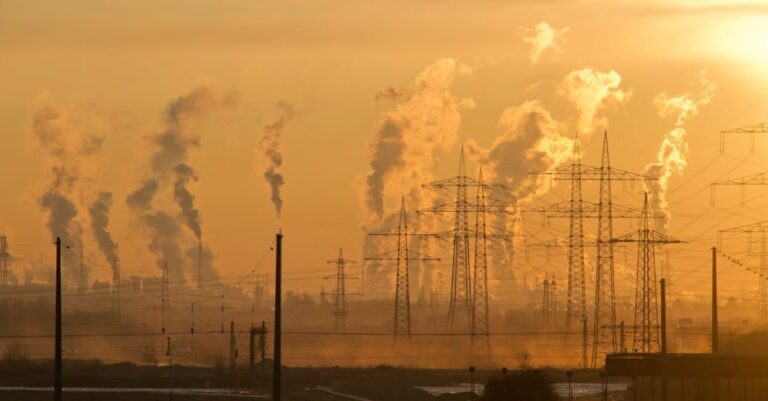
Nestled in the Pacific Ocean, the Galapagos Islands are renowned for their unique biodiversity and captivating landscapes. One of the lesser-known factors contributing to the thriving plant life in this archipelago is the volcanic soil that blankets the islands. From the lush highlands to the arid lowlands, the soil’s composition plays a crucial role in influencing plant growth and shaping the diverse ecosystems found in the Galapagos.
**The Origins of Volcanic Soil in the Galapagos**
The Galapagos Islands were formed through volcanic activity millions of years ago, with the youngest islands still displaying signs of ongoing volcanic processes. As lava flows and ash settled, they gradually formed the fertile volcanic soil that characterizes the islands today. This soil is rich in minerals and nutrients essential for plant growth, providing a solid foundation for the diverse flora that thrives in the Galapagos.
**Nutrient-Rich Composition**
Volcanic soil in the Galapagos is known for its high fertility due to the presence of essential nutrients such as phosphorus, potassium, and nitrogen. These nutrients are vital for plant growth, enabling roots to develop, leaves to photosynthesize efficiently, and flowers to bloom vibrantly. The abundance of nutrients in the soil ensures that plants have access to everything they need to thrive, contributing to the lush vegetation that carpets the islands.
**Retaining Moisture in Arid Conditions**
Despite the Galapagos Islands’ reputation for arid and semi-arid climates, the volcanic soil plays a crucial role in retaining moisture essential for plant survival. The porous nature of volcanic soil allows it to absorb and hold water, preventing rapid evaporation and ensuring a steady supply of hydration for plants. This characteristic is particularly beneficial in arid regions where water is scarce, enabling plants to withstand dry spells and thrive in challenging conditions.
**Aiding in Drainage and Root Development**
In addition to retaining moisture, volcanic soil in the Galapagos also promotes good drainage, preventing waterlogging that can be detrimental to plant health. The well-draining nature of the soil allows excess water to percolate through the layers, preventing root rot and other issues associated with waterlogged conditions. This optimal balance between moisture retention and drainage creates an ideal environment for root development, enabling plants to establish strong root systems that support healthy growth.
**Enhancing Soil Structure and Aeration**
The unique texture of volcanic soil in the Galapagos contributes to its excellent structure and aeration properties, further benefiting plant growth. The granular nature of the soil allows for adequate air circulation around roots, promoting respiration and nutrient uptake. This well-aerated environment encourages beneficial soil organisms to thrive, enhancing nutrient cycling and soil health. The crumbly texture of volcanic soil also makes it easy for plant roots to penetrate and anchor themselves, facilitating efficient nutrient absorption and overall plant growth.
**Supporting Diverse Plant Communities**
The influence of volcanic soil on plant growth in the Galapagos is evident in the diverse plant communities that inhabit the islands. From the iconic Scalesia forests of the highlands to the cacti-strewn landscapes of the lowlands, the soil’s unique properties shape the distribution and abundance of plant species across different habitats. Each plant has evolved to adapt to the specific conditions provided by the volcanic soil, resulting in a rich tapestry of flora that contributes to the islands’ ecological richness.
**Thriving in a Volcanic Paradise**
In conclusion, the volcanic soil of the Galapagos plays a fundamental role in influencing plant growth and shaping the unique ecosystems found on the islands. From nutrient-rich composition to moisture retention and drainage capabilities, the soil provides plants with the essential support they need to thrive in diverse habitats. By understanding the intricate relationship between volcanic soil and plant life, we gain insight into the remarkable resilience and adaptability of vegetation in this volcanic paradise.





